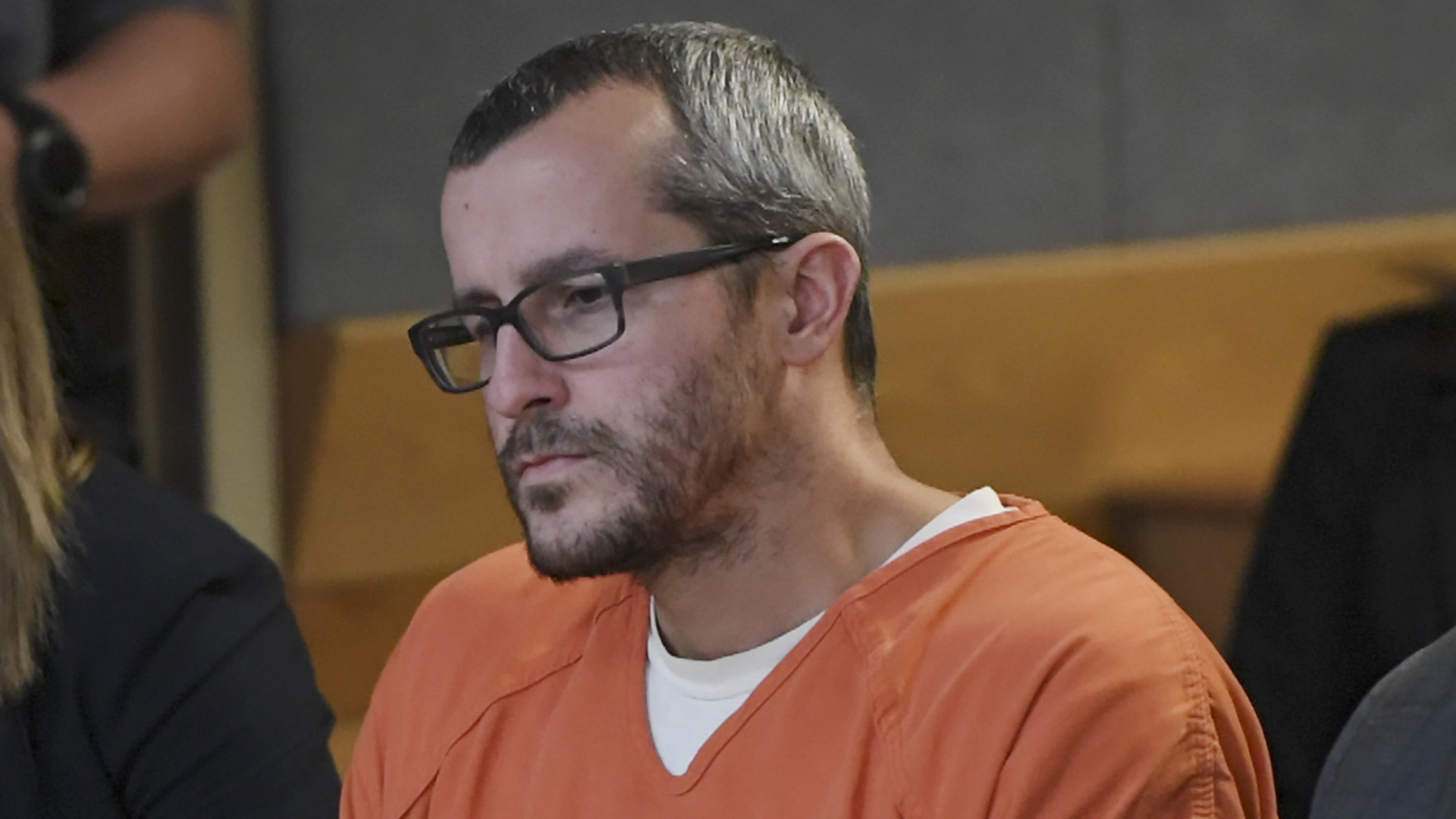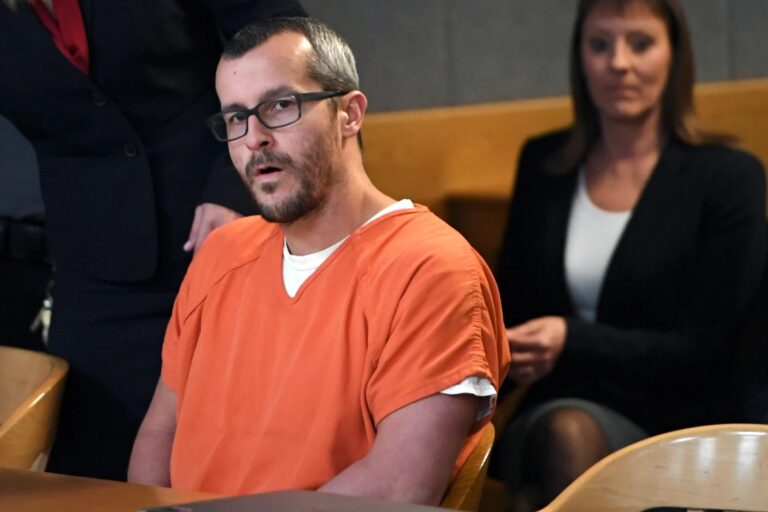The Chris Watts case, a horrifying event that shook the core of American society, remains a focal point of discussion in genuine crime circles. The case not only revealed the dark underbelly of suburban life but also raised unsettling questions about family dynamics, psychological manipulation, and the facade of perfection often portrayed on social media. In this article, we look in-depth at the events leading up to the tragedy, the investigation that followed, and the aftermath that continues to haunt those involved and the broader public consciousness.
Prelude to Tragedy
Chris Watts, a seemingly devoted husband and father, lived in Frederick, Colorado, with his pregnant wife, Shanann, and their two young daughters, Bella and Celeste. The Watts family presented an image of domestic bliss to outsiders, regularly sharing happy snapshots of their lives on social media. However, beneath this veneer of happiness lay a tumultuous relationship and financial strains slowly eroding the family’s foundation.
In the weeks following the tragedy, Shanann expressed concerns to friends about Chris’s changing behavior and growing emotional distance. Unbeknownst to her, Chris had begun an affair with a coworker, which he later admitted was a catalyst for his actions. The stark contrast between the image of a loving family man and the reality of Watts’s double life added a layer of shock and betrayal to the already incomprehensible nature of the crime.
The Disappearance
The case first captured national attention on August 13, 2018, when Shanann and her daughters were reported missing. Chris Watts appeared on local news pleading for their safe return, a performance later revealed to be a chilling act of deception. The investigation quickly focused on Chris, and his carefully constructed facade began to crumble under scrutiny.
The turning point in the investigation came when Watts failed a polygraph test and subsequently confessed to murdering Shanann. However, he initially claimed that he had strangled her in a fit of rage after witnessing her killing their daughters. This claim was later disproven by forensic evidence, and Watts’s story evolved into a confession of having killed his wife and children before disposing of their bodies at an oil field where he worked.
The Investigation Unfolds
The investigation into the Watts family murders was a painstaking process that involved gathering forensic evidence, conducting interviews, and piecing together the timeline of events. The discovery of the bodies, the analysis of Watts’s financial records and communications, and the examination of surveillance footage from the family’s neighborhood and Watts’s workplace were crucial in building the case against him.
As the evidence mounted, it painted a picture of premeditation and deceit. Text messages between Shanann and Chris and their communications with friends and family revealed a marriage in turmoil and Chris’s increasing resentment. Additionally, the financial analysis showed the extent of the family’s debt, adding a potential motive for Watts’s desire to start a new life without his familial obligations.

The Aftermath
Chris Watts eventually pleaded guilty to multiple counts of murder, sparing him the death penalty but ensuring he would spend the rest of his life in prison without the possibility of parole. The plea deal was made in consultation with Shanann’s family, who expressed a desire to avoid the trauma of a prolonged trial.
The case has since been the subject of numerous documentaries, books, and discussions, each attempting to unravel the motivations behind such a heinous act and the missed warning signs. The Chris Watts case has become a grim reminder of the potential for evil that can lurk behind a facade of normalcy and the devastating impact of domestic violence.
Societal Reflections and Lessons Learned
The aftermath of the Chris Watts case prompted a societal introspection, examining the individual involved and the broader cultural and psychological contexts enabling such tragedies. This case, like many before it, raises critical questions about the role of social media in shaping our perceptions of happiness and success. Through their active presence on platforms like Facebook, the Watts family showcased a picture-perfect life that was, in reality, filled with turmoil and despair. This dissonance between the online facade and the grim reality highlights the pressures and isolation that can accompany our digitally curated lives.
The Role of Social Media
The stark contrast between the Watts family’s online persona and the tragic events that unfolded serves as a cautionary tale about the curated nature of social media. It forces us to reckon with the fact that what is shared online often masks deeper issues, from marital strife to mental health struggles. This case is a stark reminder of the importance of looking beyond the surface and fostering genuine connections and support systems in an increasingly digital world.

Understanding Domestic Violence
Another critical aspect illuminated by this tragedy is the nature of domestic violence and the often misunderstood dynamics that accompany it. Chris Watts’s ability to portray the role of a loving husband and father while harboring such darkness is a chilling reminder of the complexities of human psychology and the masks people can wear. It underscores the need for increased awareness, education, and resources to help identify and support those at risk of domestic violence long before it escalates to tragedy.
The Psychological Perspective
The case has also been a subject of analysis from a psychological standpoint, with experts attempting to understand what drives an individual to commit such heinous acts against their own family. Discussions have centered around the concept of “family annihilation” and the psychological profiles typical of those who commit such crimes. These analyses often point to a combination of narcissism, sociopathy, and a perceived loss of control as contributing factors, offering a grim insight into the mindset of Chris Watts during the commission of his crimes.
A Closer Look at Chris Watts
Delving into Chris Watts’s psychological profile, one can see the dangerous confluence of ego, entitlement, and emotional detachment that characterized his actions. His initial portrayal of the concerned husband and father in media appeals, followed by the shocking revelation of his guilt, paints a complex picture of deceit and manipulation. Understanding these traits is crucial for the public and professionals in recognizing and intervening in potentially dangerous situations before they escalate.

Moving Forward: Prevention and Awareness
In the wake of the tragedy, there has been a push towards better understanding and preventing domestic violence and family annihilation cases. Organizations dedicated to domestic violence prevention have used the case as a basis for advocating for more robust support systems, legal protections, and educational programs aimed at recognizing the signs of domestic abuse and intervening before it’s too late.
The Importance of Support Systems
The Chris Watts case underscores the critical need for solid and supportive communities that can offer help and intervention to those in distress. Whether it’s through formal channels like counseling and hotlines or through informal support from friends and family, building a network that can identify and respond to warning signs of domestic violence is essential. Encouraging open discussions about mental health, relationship struggles, and the challenges of parenting can help break down the stigma that often keeps victims from seeking help.
Conclusion
The tragedy of the Chris Watts case leaves us with many lessons about the dangers lurking behind the facade of a seemingly perfect life. It challenges us to look deeper, to question the reality presented to us, and to support one another in times of struggle. By learning from this horrific event, society can hope to prevent future tragedies, making the necessary changes to protect those most vulnerable and ensure that such a devastating loss of life never happens again. In remembering Shanann, Bella, Celeste, and Nico, we must commit to a future where families are safe, supported, and free from the threat of violence within their own homes.

